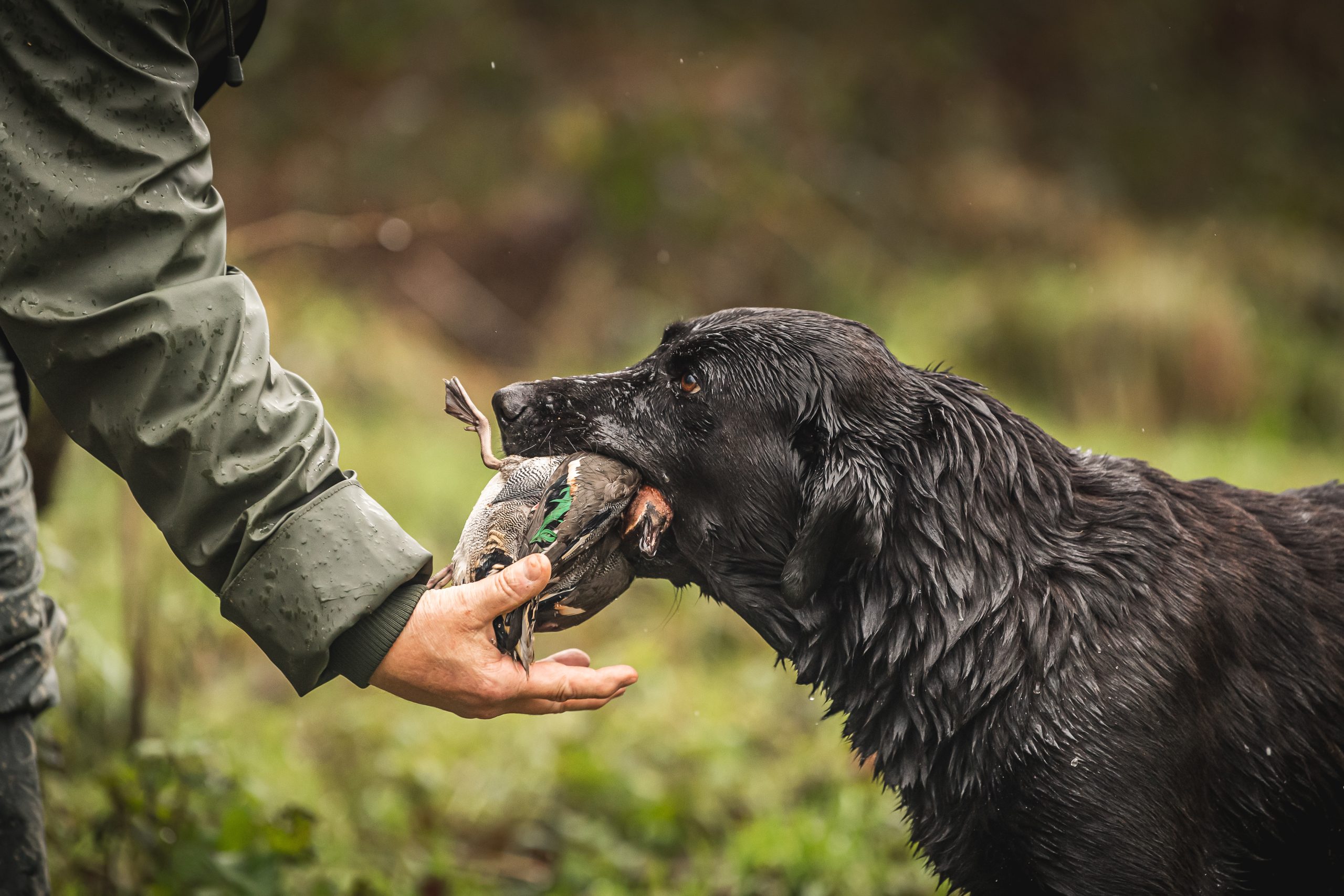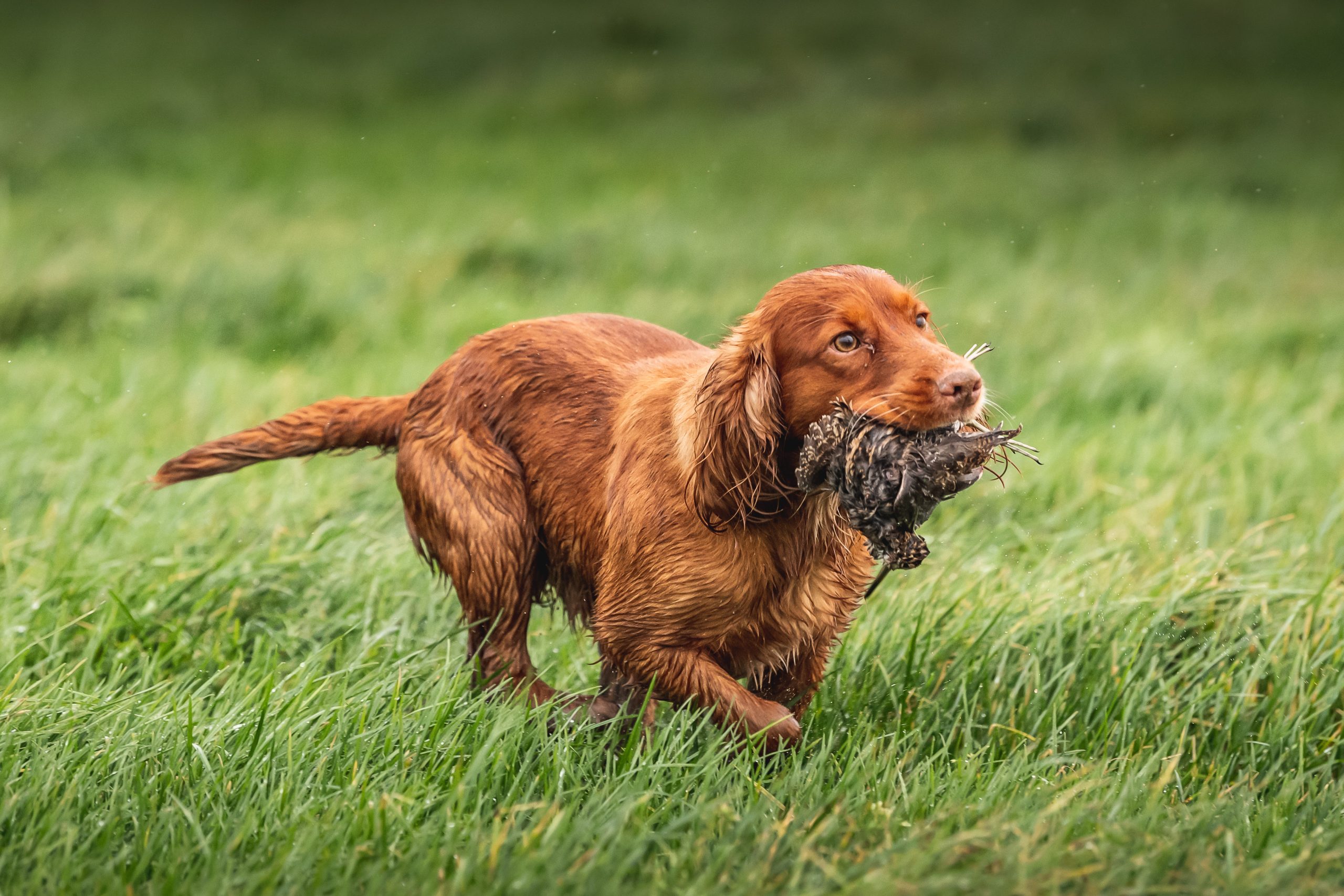Gundog news
Gundogs
How to treat gundog allergies
Harvey Carruthers discusses some of the most common skin allergies in dogs and the best way to treat them
Would you like to appear on our site? We offer sponsored articles and advertising to put you in front of our readers. Find out more.
Skin allergies
Many allergies become obvious in the first two years of a dog’s life. As itchiness worsens a dog may chew its feet and its trunk. The coat can become thin and skin infected due to scratching. The ears may become warm and inflamed. Flea and environmental allergies are among the most common causes of itchy skin disease in dogs. Other allergens include foods and drugs, which can cause serious illness.
Flea allergies
Flea allergies can happen to both kennelled and housed dogs, and these problems may occur all year round. Often groups of animals are infested; with allergic dogs developing more severe itchiness. A single flea bite can cause this allergy. To test for flea dirt on the coat put some on a wet tissue, flea dirt will form a brown stain. Most fleas feed on the dog, but live in the environment.
Environmental allergies
Environmental allergies can be caused by everyday household irritants such as dust mites or bedding washed in certain cleaning products, or by outdoor trees and pollens. The seasons for outdoor plants vary and so do many dog allergies. Often dogs with environmental allergy have flea allergy, so regular flea prevention treatment is important. After working outdoors wipe the allergic dog’s feet and body with a damp cloth to remove pollen.
Allergy treatments
Some allergies show up on blood tests or skin testing, but many go undiagnosed. Treatment includes removing the cause if possible, for example by treating dog and kennels against fleas. Antihistamines and steroids can reduce itchiness. Aloe vera can give relief, and medicated shampoos can prevent skin becoming infected with yeasts and bacteria. Remember to test any skin treatment on a small area first in case of drug reaction.
Related articles
Gundogs product reviews
A worthwhile investment
How did 20th-century gundog trainers manage without a training vest? Practical clothing is a boon for the modern dog trainer, says Felix Petit
By Time Well Spent
Manage Consent
To provide the best experiences, we use technologies like cookies to store and/or access device information. Consenting to these technologies will allow us to process data such as browsing behavior or unique IDs on this site. Not consenting or withdrawing consent, may adversely affect certain features and functions.
Functional Always active
The technical storage or access is strictly necessary for the legitimate purpose of enabling the use of a specific service explicitly requested by the subscriber or user, or for the sole purpose of carrying out the transmission of a communication over an electronic communications network.
Preferences
The technical storage or access is necessary for the legitimate purpose of storing preferences that are not requested by the subscriber or user.
Statistics
The technical storage or access that is used exclusively for statistical purposes.
The technical storage or access that is used exclusively for anonymous statistical purposes. Without a subpoena, voluntary compliance on the part of your Internet Service Provider, or additional records from a third party, information stored or retrieved for this purpose alone cannot usually be used to identify you.
Marketing
The technical storage or access is required to create user profiles to send advertising, or to track the user on a website or across several websites for similar marketing purposes.








